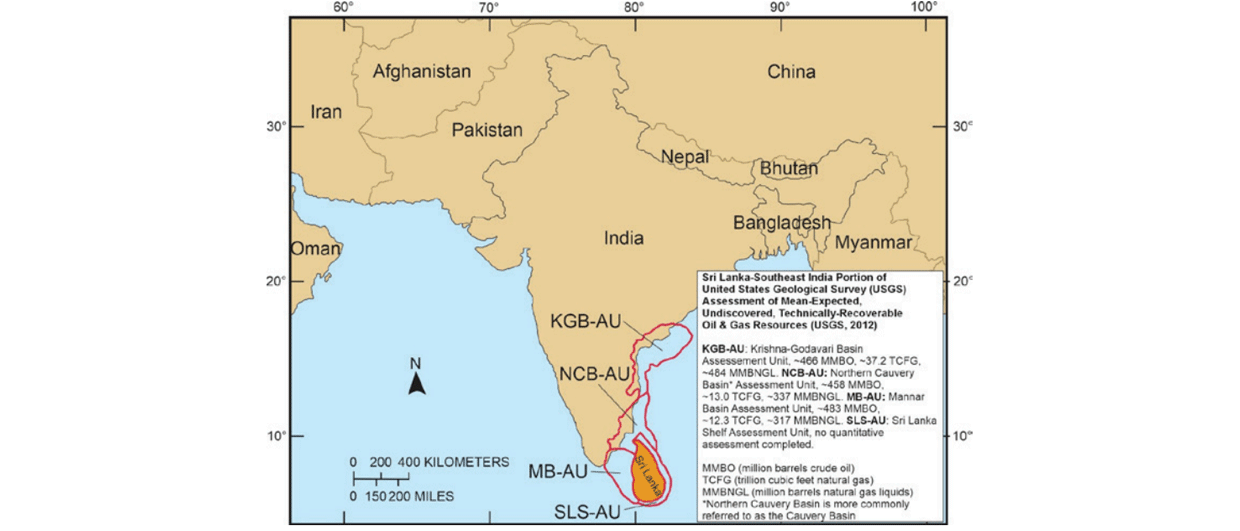What started in 2001 with the Baha #2 well discovering oil in a thick Paleogene submarine turbidite sand sequence continues across the Gulf of Mexico (see GEO ExPro Vol. 4, No. 1 pp 30-33). The Lower Tertiary Wilcox stratigraphic trend in the deepwater Gulf may exceed all expectations. Only a couple of years ago, this petroleum system’s potential was pegged at around 15 Bbo (2.4 Bm³) recoverable. The recent Keathley Canyon discoveries could exceed the size of previously discovered fields in the trend.
Three significant discoveries
The first major oil discovery of 2009 for the Gulf of Mexico occurred on Keathley Canyon Block 872 where the well drilled on the Buckskin prospect hit over 92 m of net pay in the Lower Tertiary. Repsol, with a 12.5% working interest, is the current operator. Chevron, with a 55% working interest, will become operator for future operations.
Chevron claims that the recent Buckskin discovery may be “very significant” and larger than the 500 MMb Jack discovery they made in 2004. The Jack discovery is in the same trend, 70 km east of Buckskin. Chevron plans to drill several appraisal wells over the next two years to further evaluate the extent of the discovery.
The second discovery was announced in September 2009 by BP. According to a BP spokesman, the Tiber prospect on Block 102 “will be bigger” than the 2006 Kaskida discovery which is estimated to hold 3 Bbo. The Tiber well is the deepest oil discovery well drilled to date at 10,685 m total depth.
With the Tiber discovery, BP is building on their 2006 Kaskida discovery, the first Lower Tertiary discovery in the Keathley Canyon. The Kaskida discovery encountered 244 m of hydrocarbon-bearing sand. They recently announced that their appraisal well at Kaskida tested similar reservoirs 8,000 m west of the discovery well which further confirms a wide reaching Lower Tertiary play. They are shooting wide azimuth seismic over the discovery and will drill another test in 2011.
BP is already the biggest producer in the Gulf of Mexico and these latest discoveries will help them boost output by 50% to 600,000 boe a day by 2020. The Keathley Canyon discoveries will also keep the GOM a leading oil producing area for the U.S. currently at 25% of the total domestic production (as of March, 2009, 1.3 MMbopd). Within the next 10 years, Minerals Management Service expects GOM production to be between 1.6 and 1.9 MMbopd.
Finally, Anadarko (a 25% owner in the Kaskida discovery) confirmed its Luciusprospect discovery with a sidetrack appraisal well located on Block 875. The sidetrack was drilled up dip and 975 m south of the discovery well and encountered almost 183 m of high-quality oil pay and additional gas-condensate pay, both in sub-salt Pliocene and Miocene sands. The discovery, announced in December, 2009, reportedly found over 61 m of net pay in a three-way closure against salt. Anadarko is still conducting additional appraisal activity but contends “this is a major discovery with substantial resource potential.”
Renewed interest
The deep, pre-salt play off Brazil has been receiving most of the exploration attention over the past several years. These discoveries have served notice that the deepwater Gulf of Mexico is still a very attractive play. At the Western Gulf of Mexico Oil and Gas Lease Sale 210 in August, 2009, BP added additional emphasis to the region with a high bid of almost USD 30 million for Keathley Canyon, Block 96. The tract is located in 1,504 m of water and received three bids. Twenty-seven companies submitted bids for 162 tracts totalling over $115 million. Both BP and Chevron are continuing to expand their lease holdings in the area obtaining 34 and 25 tracts respectively in the sale. The next lease sale is slated for the Central Gulf of Mexico off Louisiana, Mississippi, and Alabama on March 17, 2010.





